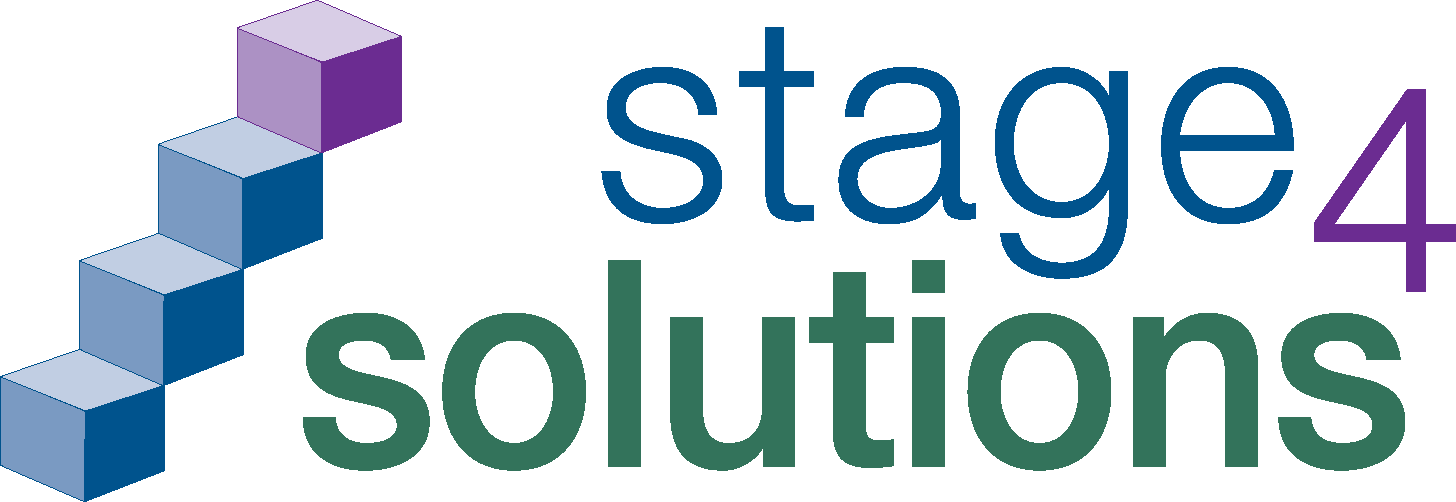New AI Employment Laws: What Employers Need to Know
- August 26, 2025
- Posted by: Stage 4 Solutions
- Category: Blog

At Stage 4 Solutions, we understand the importance of staying ahead of technological and regulatory developments that shape how organizations hire, manage, and retain talent. A recent case highlights why this matters: a high-profile lawsuit alleging that a leading human resources software provider’s automated hiring tools discriminated against certain job applicants. This case has brought the risks and responsibilities of using AI in employment decisions into sharp focus.
Why the Changing AI Compliance Landscape Matters for Employers
Artificial intelligence in hiring is evolving rapidly, and the coming years are expected to bring significant regulatory changes as authorities step up oversight. While federal action has been measured, state and local lawmakers are moving quickly to regulate AI in the workplace, creating a growing patchwork of laws and guidance, including mandates for human oversight in hiring decisions. This makes it critical for employers across the U.S. to track these developments and ensure hiring practices remain compliant and equitable.
These laws aim to prevent AI systems from making or influencing employment decisions that unlawfully discriminate against protected groups. Supporters of safeguards are looking for action that promotes the following:
- Fairness: AI tools must not disadvantage candidates based on race, gender, age, disability, or other protected characteristics.
- Transparency: Employers must disclose when AI is used in hiring, promotions, reviews, or terminations.
- Accountability: Organizations should be liable for bias in AI-driven decisions—even when using third-party tools.
- Bias Testing: Require regular audits to detect and correct discriminatory patterns.
According to the National Conference of State Legislatures, in 2025, all 50 states, Puerto Rico, the Virgin Islands, and Washington, D.C., have introduced legislation addressing AI in employment, with 38 states enacting or adopting roughly 100 measures.
Examples include:
- Colorado and Illinois have enacted laws effective in 2026 that prohibit discriminatory AI use in employment decisions and require employers to disclose when AI is involved in hiring, promotion, or termination.
- New Jersey issued guidance clarifying that AI-assisted employment decisions are subject to the same anti-discrimination laws as traditional processes, and holds employers liable for bias resulting from third-party tools.
- New York City enforces a local law requiring bias audits for AI tools used in employment decisions and mandating that applicants be notified when AI is used.
- California regulations preventing workplace AI discrimination go into effect in October 2025.
These developments highlight the need for organizations to proactively adapt, bringing additional layers of compliance review, potential technology adjustments, and more robust documentation requirements. For companies operating in multiple states, the challenges are greater, with conflicting disclosure rules, mandatory audits, third-party liability, and restrictions on automated decision-making.
Actionable Steps to Stay Compliant with AI Employment Laws
To stay compliant and minimize risk, organizations should take a structured, proactive approach to evaluate their AI practices, update policies, and ensure transparency in all employment decisions.
Audit Your AI Tools: Review how AI is used in hiring, promotions, scheduling, and evaluations.
Map Your Regulatory Exposure: Identify all jurisdictions where you operate and track relevant AI employment laws.
Update Policies and Training: Ensure HR, recruiters, and hiring managers understand compliance obligations and receive regular training on how AI tools work and how to use them responsibly.
Engage Legal Counsel Early: Stay ahead of strict timelines and avoid penalties under new state laws.
Foster Transparency: Be open with candidates about the role of AI in the hiring process; transparency builds trust. When used responsibly, combining smart technology with a personal touch can make hiring more effective and engaging for all parties.
Maintain Human Oversight: As discussed in our previous article, human oversight is essential to ensure that automated systems and AI operate accurately and fairly, with final decisions made by people to prevent potential violations.
The current wave of AI employment laws is likely just the beginning. Employers that take a proactive, multi-jurisdictional approach now and build strong governance frameworks that include bias audits, oversight committees, and collaboration between HR, legal, and IT will be better prepared for the next phase of regulation.
The Business Case for Compliance
Compliance is more than risk management; it’s also a competitive advantage. Employers that adopt transparent and fair AI practices can strengthen their reputation, attract higher-quality candidates, and improve workforce resilience. In today’s job market, candidates increasingly want to know how technology influences their opportunities. Demonstrating responsible AI use not only mitigates legal risk but also builds trust and loyalty, which can translate into stronger retention and long-term performance.
At Stage 4 Solutions, we view responsible AI use as essential to both compliance and delivering value to our clients. We prioritize the human side of hiring while leveraging technology to enhance efficiency, ensuring each applicant’s resume is reviewed by experienced recruiters and assessed through a multi-step interview process tailored to client needs. AI tools support our work, but the human connection remains at the heart of each step in the recruiting process. By combining rigorous compliance practices with relationship-focused recruiting, we deliver skilled professionals who meet our clients’ requirements and are sourced, screened, and placed in alignment with evolving legal and regulatory standards. People are the foundation of every successful employment outcome, and we remain dedicated to building meaningful relationships that drive long-term success for both clients and candidates.
What steps is your organization taking to prepare for the upcoming regulatory changes? Please share with us.

